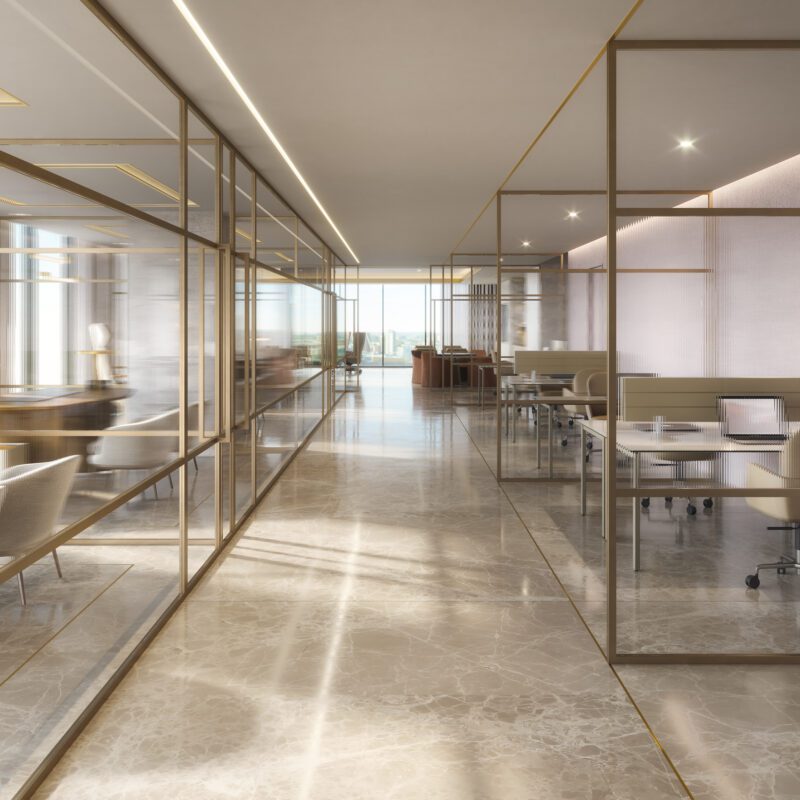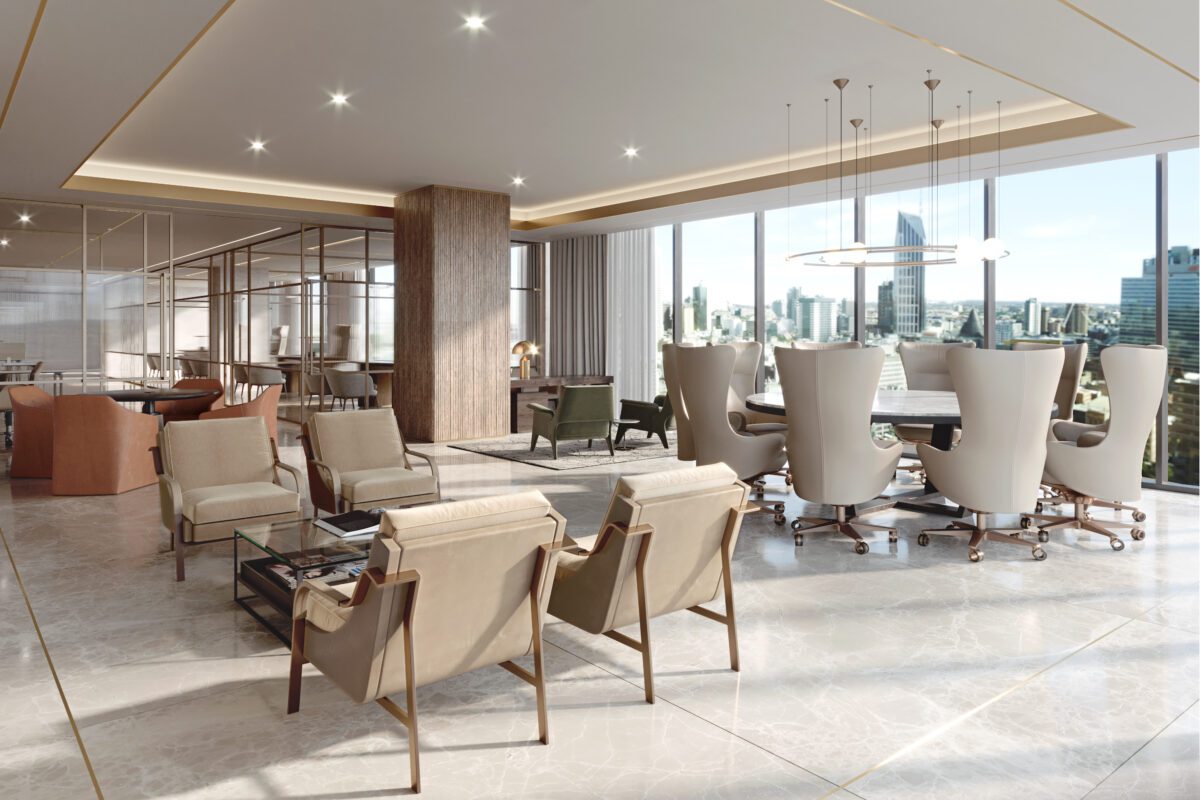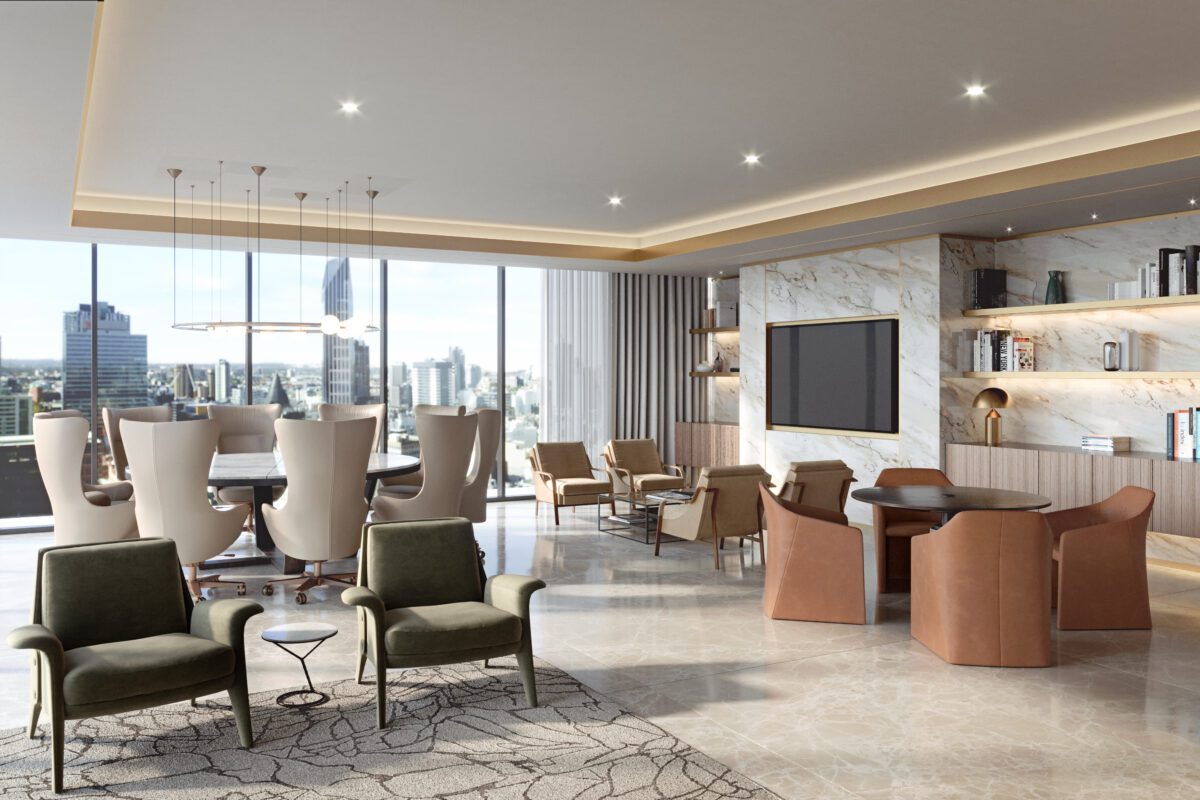Pitching interior and architectural designs to clients goes up a notch when accompanied by 3D renderings. The clarity that the visual experience lends to the discussion makes it all the more streamlined and in tune with the final outcome desired by all stakeholders.
But the real magic lies in the creative process and how you develop 3D renderings that convey the idea accurately. Creating stunning 3D interior design renderings helps not only the to pitch the proposal effectively, but also creates a lasting image of your brand’s commitment to quality in the minds of the client.
Building your skills on developing 3D renderings usually comes with experience. 3D rendering studios that are experienced and work with clients internationally, and the variety of projects naturally build on the creative skills. There are various techniques for creating stunning 3D interior design renderings which can be adopted by creators. Let’s dive a little deeper into the subject which not only is helpful for 3D rendering developers but also for interior designers and architects in understanding more about the process.
Tips for realistic 3D interior design renderings
Table of Contents
1. Understanding the expectation

Until you have clarity on the style, mood, and theme of the idea, it can be difficult to create 3D interior renderings that depict the idea correctly. Have discussions with the client on the brand associations, guidelines, and image so that the expectation is set and deeply understood. This is an important step that not only saves a lot of time going back and forth with corrections but also helps deliver 3D interior renderings that impress!
2. Getting the lighting right
One of the best practices for 3D interior design renderings is building the right kind of lighting for every set up. There are various nuances of the lighting that should be effected on the imagery for a realistic appearance. Based on the time of day, source of light, the material of the object and even the distance from the source, the appearance can vary, and this is reflected in a high-quality 3D interior rendering.
3. Shadow play
Lighting is naturally paired with shadows and getting this right gives a whole new bearing to your set of 3D interior design renderings. Understanding the lighting on the objects is accompanied by working on the shadows to complete the entire depiction.
4. Working with references

No matter how experienced you are, it is always useful to have reference objects while working on 3D interior design renderings. This practice helps you build a realistic image that reflects attention to detail.
5. Textures in focus
The sign of a high-quality 3D interior design rendering is when the viewer can identify exactly the materials used on the objects. Use a 3D rendering tool that has a library of a variety of materials so that you can effect the right textures in your set of images.
6. Scale to size
Relative sizing of objects is another important aspect to keep a look out for while developing 3D interior design renders. This doesn’t only mean having distinctly disproportionate sizes of objects, but also giving attention to minute details right to the last inch to bring about stunning imagery.
7. Lending the human touch
3D interior renderings are the most impressive and convincing during pitches when the viewer can see how the space would look like inhabited by humans. Try putting in human figures into your renderings and see the difference!
8. Color scheme

The colors that you use in your 3D interior design renderings are decided by the creative brief and the theme shared by the designer. From minimalistic brown and white tones, to bright warm colors, every design is set as per the vision of the client and designed and the using the right colors depicts the mood accurately.
9. The right angle
Selecting camera angles and perspectives for every setting in a set of 3D interior renderings makes or breaks your pitch. Every room and set up has a unique offering and focusing on the correct spots helps viewers assess the design appropriately. Discuss with the designer on the camera angles to focus on so that you can deliver images that help their pitch.
10. Being open to ideas
Although adhering to the creative brief shared by the interior designer is important, but it is also important to being open to experimentation. Feel free to work on elemental nuances that add value and enhance the visual experience. Be open to experimentation within the brief and guidelines and let the beautiful results speak for themselves!
If you are wondering about how to make 3D interior design renderings look realistic, these tips can be really useful in your creative journey. However, if you are pitching to clients and have lots of projects in the pipeline, it is useful to consider outsourcing the development of 3D interior design renderings to a professional 3D rendering studio. This not only ensures high quality and detailed images, but also keeps your brand promise intact.
We at Render Atelier are an experienced team of architects and 3D artists and can help you with renderings that elevate your design pitch. To know more about our services and offerings, reach out to us at – info@renderatelier.com

